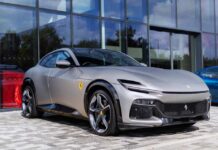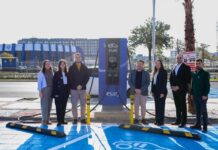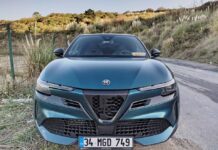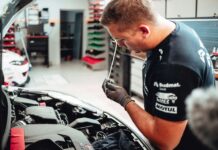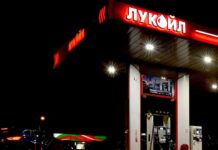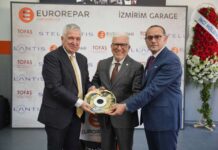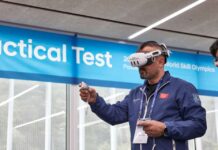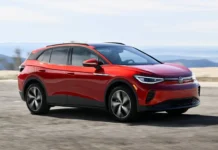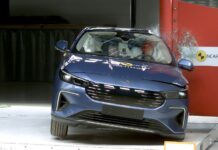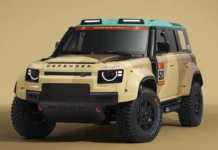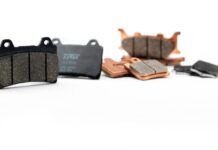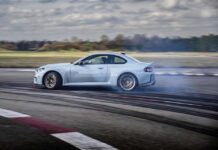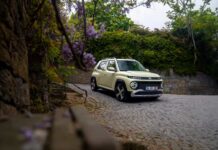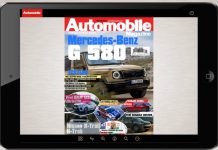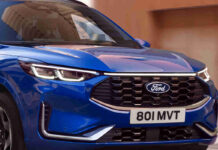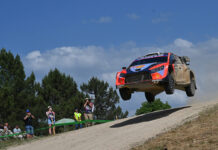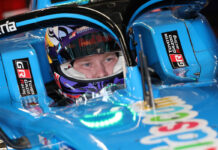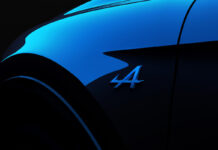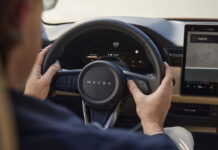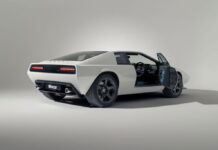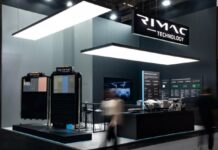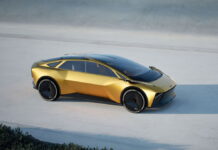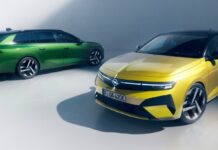Models of the Marque – The 2000s: the Rolls-Royce Phantom VII
“For those of us working at the Home of Rolls-Royce today, Phantom VII is where it all began. The first motor car ever to be built at our Global Centre of Luxury Manufacturing Excellence, it ushered in our modern era in 2003 and, in terms of design, engineering, craft and manufacturing, set the template for everything we’ve done since. Though it marked a decisive new beginning for the brand, echoes of earlier Rolls-Royce models are everywhere: from one angle you see Silver Shadow, from another Silver Cloud; and elsewhere an undeniable link to the coachbuilt limousines of earlier decades. Through these inherited traits, Phantom VII represented an up-to-the-minute interpretation of the traditional, formal British saloon. At the same time, it started completely new conversations in modern luxury, and the unlimited possibilities of Bespoke.”
Andrew Ball, Head of Corporate Relations and Heritage, Rolls-Royce Motor Cars

At one minute past midnight on 1 January 2003, the Chairman & Chief Executive of Rolls-Royce Motor Cars handed the keys of the first Phantom VII to its new owner. The moment marked the beginning of a new era for the brand and was the culmination of a process dubbed ‘the last great adventure in automotive history’.
In 1998, BMW Group acquired the rights to manufacture Rolls-Royce motor cars. In less than five years, it had designed and constructed a new head office and manufacturing plant, and designed, tested and built an entirely new motor car worthy of the Rolls-Royce name – a timescale almost unprecedented in the industry.

THE REBIRTH OF A LEGEND
The design for Phantom VII was initially developed in a secret studio, discreetly located in a former bank building on the north side of London’s Hyde Park. For Chief Exterior Designer, Marek Djordjevic, the project was a dream come true. He was instructed to begin with a clean sheet of paper, and was given only three stipulations: the car, codenamed RR01, should have very large wheels; the famous radiator grille; and, of course, the Spirit of Ecstasy mascot.

To understand the essence of what a Rolls-Royce should be, and the characteristics that made it so special and identifiable, Djordjevic turned to designs from the past for inspiration. Three in particular caught his eye: the classically elegant Silver Cloud; the contemporary, understated Silver Shadow; and above all, a coachbuilt Phantom II of the early 1930s.
The heritage Phantom provided him with classic Rolls-Royce signature elements that would profoundly inform the new model’s design: a roofline just over twice the height of the wheels; a long wheelbase, with the front wheels well to the fore and a minimal front overhang; a long bonnet, visually linked to the passenger cabin by an accent line of brightwork; and an imaginary line drawn rising from rear to front along the lower edge of the body, reminiscent of a motor yacht at speed – the famous ‘waft line’ still exhibited by every Rolls-Royce model today.


















